10 Health benefits of Wild cherry And Side Effects

“ Life is simple, it’s either cherry red or midnight blue.” –Lou Gramm.
Wild Cherries, as you know, are a fleshy stone fruit with red color and sweet-sour flavor that has both history and health benefits as well as medicinal uses.
About Cherry
The Cherry word itself is derived from Norman or Old Northern French “Cherise” from the Latin cerasum referring to an ancient Greek region Kerasous, near Giresun, Turkey. From here, cherries were first thought to be exported to Europe.
A Cherry is the fruit of many plants of the genus “Prunus” and is a fleshy stone fruit. It has only one seed or pit. Wild cherry refers to any of the cherry species growing outside in jungles or in surroundings without any cultivation. In the British Isles, Prunus avium is often referred to as “wild cherry”.
Growing Season
Cherry trees require certain numbers of cloud weather hours to dormant, bloom, and produce fruit. The required number of chilling cold weather hours depends on different varieties. So cherry trees can not produce fruit in tropical and hot weather regions.

Like cherries, wild cherries also have a short growing season. Cherries blossom in the month of April, mainly in the Northern Hemisphere, and are almost ripe in summer, ready to harvest.
Cherries’ harvesting differs according to different regions and their temperatures. Like cherries in southern Europe ripe in June, North America in June, England in mid-July, and in southern British Columbia (Canada) in June to mid-August.
Pests and diseases to look for in wild cherries
Wild cherries and typically cultivated cherries are easily affected by pests and diseases like black fungus.
If you see curled leaves at the tip of branches, then it’s due to black cherry aphids (Cherry blackfly). This fly attacks in April in western Europe, usually at dormancy and blooming stages.
Cherry Blackfly releases a sticky secretion that causes a black fungus to grow on leaves and cherry fruits.
Furthermore, this fly lays eggs on/in immature fruit at the fruiting stage in June or July in the European region.
So be very careful when eating cherries that are not yet ripped and have small holes in it, about 1 millimeter, because larvae of black-fly come out these holes after they have enjoyed the cherry.
Production
According to a survey in 2020, Sweet cherries’ production was around 2.61 million tonnes, with turkey producing 28 percent of this. Besides Turkey, other major producers of sweet cherries include the United States and chile. In comparison, sour cherries were reported to be around 1.48 million tonnes in production, the leading producers being Russia, Turkey, Ukraine, and Serbia.
Australia also produces cherries except for the Northern Territory. The temperate areas of South Wales, Victoria, South Australia, and Tasmania are significant producers in Australia.
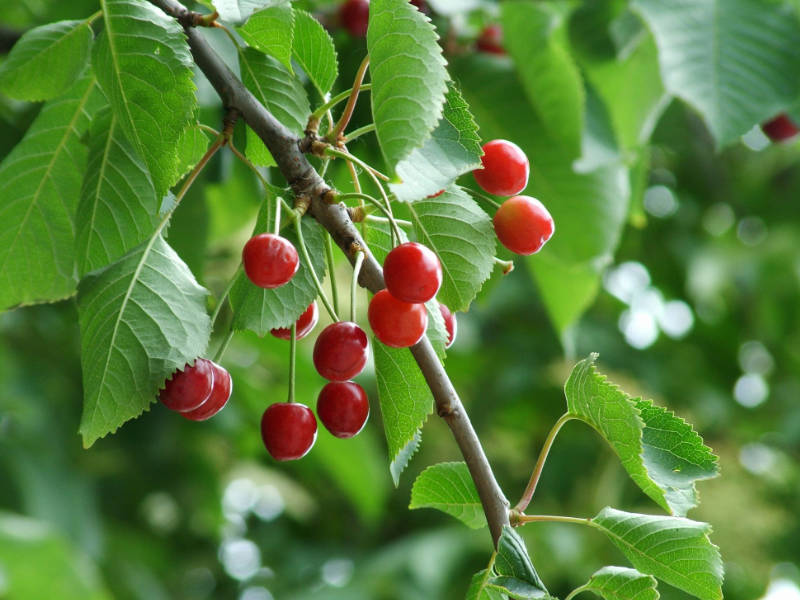
Most of the sweet cherries in the United States are grown in Michigan, Oregon, Washington, Wisconsin, and California. The popular cultivars include Sweetheart, Tulare, Brooks, King, Bing, Ulster, and Rainier. And Light Red Sweet cherries are primarily from Oregon and Michigan. Read more here.
Nutritional values
Like most fruits, wild cherries also have a high quantity of water. Plus, carbohydrates, proteins, and vitamins are also present in cherries. Their quantities differ according to cultivated types.
Sour Cherries have 50 percent more vitamin C and 8 percent more vitamin A per 100 grams of serving.
Wild cherries’ nutritional values are also in between sweet and sour cherries.
The below table summarizes some of the essential nutritional values of cherries.
| Nutrient | Sweet red / raw cherries | Sour, red / raw cherries |
|---|---|---|
| Energy | 63 kcal | 50 kcal |
| Carbohydrates | 16 g | 12.2 g |
| Protein | 1.1 g | 1 g |
| Vitamin C | 7 mg | 10 mg |
| Choline | 6.1 mg | 6.1 mg |
| Calcium | 13 mg | 16 mg |
| Magnesium | 11 mg | 9 mg |
| Potassium | 222 mg | 173 mg |
| Sodium | 0 mg | 3 mg |
| Phosphorus | 21 mg | 15 mg |
| water | 82 g | 86 g |
Wild Cherry Health Risk
Amygdalin, a naturally occurring chemical compound found in kernels of cherry, can produce toxic compounds of hydrogen cyanide upon eating cherry kernel/seed.
Hydrogen Cyanide can cause difficulty in breathing or cause shortness of breath with irritation in the respiratory tract. Hydrogen cyanide can also cause vomiting and nausea.
The amount of amygdalin in each cherry varies widely, and symptoms would show only after consuming a certain number of crushed pits/seeds. Like the Morello variety, 3 to 4 pits and 7 to 9 pits of red or black varieties would trigger symptoms.
A little peek into history
The history of wild cherries is as old as time itself. People have been plucking and eating them off wild trees for centuries. It is said that around 72 BC, a Roman general named Lucius Licinius Lucullus brought cultivated cherries to Rome from northeastern Anatolia. According to Pliny the Elder’s Natural History, the ancient Romans were cultivating about eight different varieties by the first century AD.
And at the beginning of the 15th century, domestic cherries were a considerable favorite, widely supplied and cultivated throughout Europe. Today, we grow more than a billion pounds worth of cherries a year.
Cherry as Sexual Identity
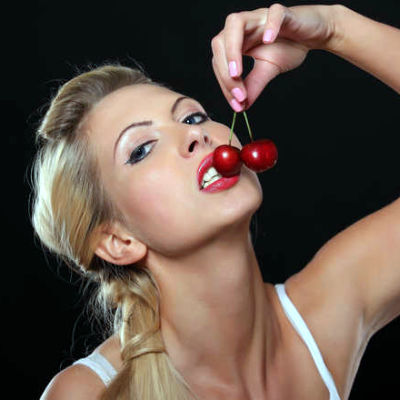
As an extra, cherries, sweet, sour, or wild, have taken a sexual identity over the period. The term Pop The Cherry, being used as an alternative for losing one’s virginity, is one example. The red color, also being a romantic color, helps promote the cherry’s identity toward sexual attraction.
Cherry being a sex symbol has its roots deep in history. Different poets and painters/Artists have used cherry fruit to enhance the attraction of women in their own unique ways.
Few examples as below:
From this culinary history arose the cherry’s legacy as a sex symbol. In ‘A Dictionary of Sexual Language and Imagery in Shakespearean and Stuart Literature’, Gordon Williams traces the cherry’s cultural influence back to the 16th and 17th centuries, referring to some of the notable ways Europeans were using the fruit to talk about sins of the flesh.
Poets Josuah Sylvester and Robert Herrick liken “Cherrielets” to “niplets” and “teates” in multiple works; Charles Cotton compares a “Garden-plot of Maiden-hair” to black cherries in Erotopolis (1684), and John Garfield refers to sex as “playing at Bobb-Cherry” in the erotic pamphlet Wandering Whore II (1660).
One of the most notable acknowledgements to cherries is one of the earliest. In the poem “There Is a Garden in Her Face” (1617), Thomas Campion likens the fruit to what is most commonly symbolizes today: the sex appeal of a pure, virginal young woman. During the 17th century,
English cherry vendors would call out “cherry ripe” to alert potential buyers to the fruit, which Campion refers to here: “There is a garden in her face… / There cherries grow which none may buy / Till ‘Cherry-ripe’ themselves do cry.” Sadly for Campion, the poem suggests his beautiful virgin isn’t quite ripe for picking.
The cherry is a popular sexual symbol in pop culture. It is often used in pyjamas and adolescent girls’ clothing, which can be seen as both pure and sexual. Cherry references have also been used in song lyrics by many artists, including Neil Diamond, Joan Jet and ZZ Top.
Unnoticed – 10 Health benefits of Wild Cherries
There are many health benefits associated with wild red cherries. This fruit is high in antioxidants, which can help protect your cells from damage. It also has anti-inflammatory properties, which can help to reduce the risk of diseases such as heart disease and cancer when made part of a diet plan. Additionally, wild red cherry is a good source of fiber, which can help to promote digestive health up-to some extent.
Effect on body
- Raw wild cherries, when consumed, reduce the thermogenesis of the body. To put it simply, it reduces and helps to lower body temperature. Cherries also flush out and reduce fats in the body.
- Sweet Red wild cherries promote thermogenesis/temperature of the body, help stabilize body temperature, and provide positive energy to the body.
Wild Cherry Health Benefits
Red cherries are one of the lovely fruits to eat and for a good reason. Wild cherries are small stone fruits that come in two colors Red when completely ripped and Green when in raw form, with two flavors and tastes Sweet and Sour, respectively.
They belong to the Prunus genus of trees and shrubs. Their scientific names are as follows:
- Prunus Avium. Sweet, Wild Cherries. Primarily popular in the British Isles.
- Prunus Serotina. Sweet, Wild Cherries. Primarily popular in North America.
- Prunus Cerasus. Sour, Wild Cherry, or known as “Tart Cherry.”
These nutrient-packed delicious fruits have a good amount of water, energy, carbohydrates, and vitamins. Based on these properties following are the health benefits of Sweet wild cherries.
1 – Good for digestive system
Cherries are suitable for the digestive system due to their watery and fibery contents. Although the fiber content is low, sweet wild cherries or normal sweet red cherries are known to help the digestive system in bowel movement and its anti-inflammatory compounds prevent infections in the digestive system.
2 – Good for Itchy or Scratchy Through
Prunus Cerasus, a.k.a Sour Wild cherries, is suitable for itchy or scratchy throat and beneficial for short coughs caused by irritation in the throat. Although scientifically it’s not proven, in traditional medicine, it’s pretty famous for curing irritation of the throat and lungs.
3 – Good for Excessive Bile acid
Bile is a fluid produced, released by the liver, and stored in the gallbladder. Bile is mostly cholesterol, which breaks down fats into fatty acids that help digestion.
Excessive bile can cause watery stool, fecal incontinence, and urgency. The Sour cherry, also called tart cherry, is known for its effect of soothing and relaxing excessive bile symptoms. Traditional or herbal doctors also claim that it reduces irritation and thermogenesis in blood.
4 – Good for vomiting
The watery content and potassium present in wild cherries help prevent vomiting.
5 – Good for thirst
A handful of fresh wild cherries is a good source of vitamins, especially vitamin C. It is a natural thirst quencher.
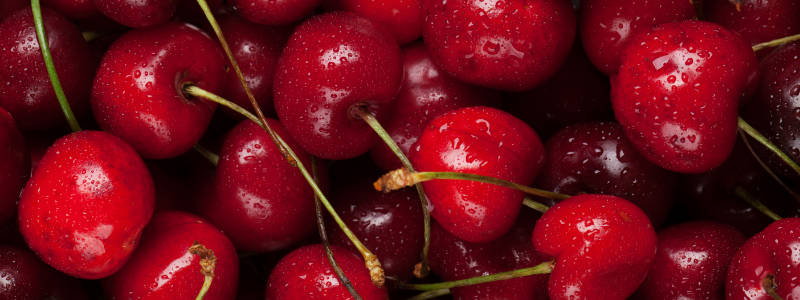
6 – Wild cherries good for kidney stone
Although modern medicine has no research conducted on the claim of traditional Herbal Medicine that when fresh sweet cherry kernels are mixed with Fennel seeds, it creates a potion that helps break and remove kidney stones and bladder stones.
7 – Brightness skin color
Vitamin C and the compounds which make wild cherry red also promote brightness and a feel of freshness in the skin.
8 – Antioxidants and Anti-inflammatory compounds
The antioxidant content in wild cherries helps combat oxidative stress. This condition is linked to multiple diseases and is responsible for premature aging symptoms.
A study found that eating a safe amount of daily value of cherries reduces inflammation in 11 out of 16 study groups
9 – Improves symptoms of Arthritis and Gout
The sweet Bing cherries are rich in anti-inflammatory effects. They have shown encouraging results in easing symptoms of arthritis and gout.
A study conducted on 10 healthy women were given two servings of 280 grams of sweet Bing cherries after an overnight fast. The study showed decreased plasma urate.
10 – Helps to improve sleep quality
People growing cherries claim that if they consume a lot of cherries for some time, it helps them have a good sleep. To put this claim to the test Glyn Howatson and some other researchers conducted a series of tests for 7 days consisting of 20 healthy volunteers which were fed Tart Cherry juice concentrate and found out that it was beneficial in improving sleep quality and that it also helped in managing disturbed sleep.

The Tart Cherries contain high levels of Phytochemicals, including Melatonin, a molecule essential in regulating human sleep and wake cycles.
Another study conducted on elderly people with Insomnia (chronic disease) was given 240 milliliters of cherry juice twice a day for straight two weeks, resulting in an increase of 84 minutes of sleep time.
Uses of Cherry wood
The straight grain of cherry wood is famous for making fine furniture and famous for its rich color. Cherry wood is primarily famous for Desks, Tables, and Chairs.
The Bottom Line for benefits of wild or sweet cherry
There are many benefits to consuming sweet wild cherries. These include reducing inflammation, improving heart health, and aiding in weight loss. Additionally, sweet wild cherry is a good source of antioxidants, which can help to protect the body from damage caused by free radicals and also help in reducing inflammation. Eating or drinking cherry (wild cherry) juice can also improve sleep quality.
Cherries being a delicious fruit, can be used in many recipes and can be enjoyed in different ways in different recipes.
Like cherries, Peaches are also rich in nutrients and antioxidants. Check out the excellent health benefits of yellow peaches.



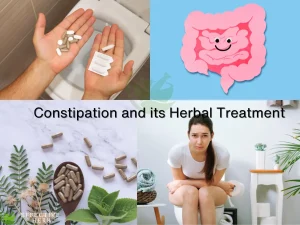
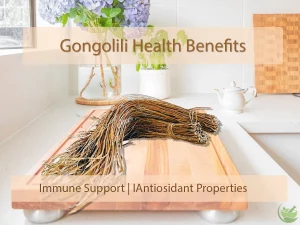
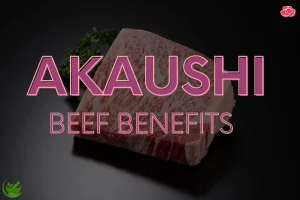


2 Comments
Comments are closed.